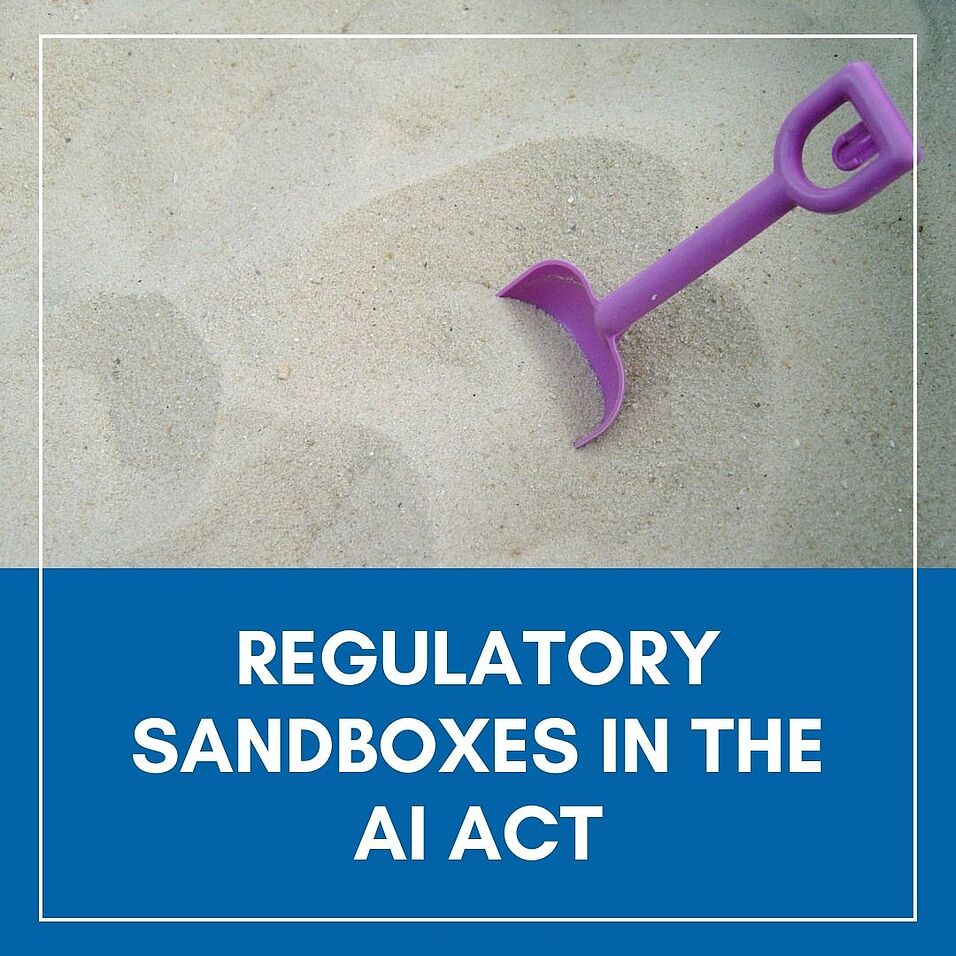An AI Regulatory Sandbox is a controlled testing environment established by regulators to allow organizations to trial innovative AI systems under real or simulated conditions before they are deployed at scale. Within the framework of the EU AI Act, these sandboxes serve as vital instruments for balancing technological experimentation with regulatory compliance, particularly for startups and SMEs developing novel or high-risk AI applications.

1. Background and Establishment
An AI Regulatory Sandbox is a structured framework that allows innovators, developers, and regulators to collaboratively test AI systems before they are released on the market. This mechanism originates from financial regulation but has been adapted by the EU Artificial Intelligence Act to accommodate the unique risks and dynamism of AI technologies.
The EU recognizes that strict regulatory compliance—while necessary—may stifle early-stage innovation if not paired with flexibility. Sandboxes address this by offering temporary regulatory waivers or adapted oversight, without sacrificing the principles of safety, accountability, and ethical deployment.
2. Purpose and Role in the EU AI Ecosystem
The sandbox model fulfills multiple roles:
- Facilitates experimentation while maintaining legal alignment
- Encourages early engagement with regulators
- Helps innovators navigate complex compliance obligations
- Supports evidence-based policy refinement
- Accelerates safe market entry for transformative technologies
For the EU, regulatory sandboxes are a living lab of governance—a mechanism to test not only AI models, but also the regulatory structures surrounding them.
3. Key Contributions and Impact
When effectively implemented, AI regulatory sandboxes:
- Provide legal certainty to AI developers during prototyping
- Enable iterative feedback loops between innovators and regulators
- Support responsible innovation by surfacing potential harms early
- Reduce the cost and complexity of compliance for SMEs and startups
- Offer real-world testing conditions without the exposure of full deployment
- Generate data that can inform future harmonized standards and AI policies
They are particularly useful for systems operating in grey zones—for example, AI used in healthcare diagnostics, biometric authentication, or adaptive learning tools.
4. Connection to the EU AI Act and the EU AI Safety Alliance
The AI Regulatory Sandbox is formally recognized in the EU AI Act through:
- Article 53 – Requires Member States to establish regulatory sandboxes to support innovation while ensuring compliance
- Article 54 – Details the conditions for participation, including time limits, transparency, and risk controls
- Recital 72–74 – Emphasizes the importance of tailored supervision, SME inclusion, and feedback into the broader regulatory system
The EU AI Safety Alliance contributes by:
- Assisting organizations in preparing applications for sandbox participation
- Providing compliance support tools and testing documentation
- Monitoring sandbox outcomes to inform certification pathways
- Offering ethical, legal, and risk advisory services during the testing phase
This alignment ensures that sandbox participants are not only experimenting—but experimenting responsibly.
5. Stakeholders and Participation
A successful AI sandbox ecosystem involves:
- AI developers and startups – Testing innovative or borderline-compliant systems
- Regulators and market surveillance authorities – Providing tailored supervision and guidance
- Technical assessors – Evaluating safety, robustness, and compliance metrics
- Academic institutions and ethics boards – Advising on social and ethical implications
- End-users or civil society representatives – Participating in feedback and co-creation loops
Stakeholders collaborate to ensure that innovation does not compromise accountability or human rights.
6. Conditions and Limitations of Sandboxes
Participation in an AI regulatory sandbox under the EU AI Act requires:
- A clear innovation purpose with public interest value
- A commitment to transparency and documentation
- Time-limited access (typically 6–12 months, with possible extensions)
- Mechanisms for monitoring and risk control
- Readiness to exit the sandbox upon significant non-compliance
- Agreement to contribute to lessons learned and policy development
Importantly, sandbox participation does not exempt organizations from future liability—it merely offers a safe harbor for learning and adaptation.
7. How to Engage with an AI Regulatory Sandbox
To apply and succeed in a regulatory sandbox:
- Identify sandbox opportunities in your Member State or at the EU level
- Clearly define your AI system’s scope, novelty, and compliance challenges
- Prepare supporting documentation using EU AI Safety Alliance templates
- Demonstrate a commitment to ethical risk management and user protection
- Collaborate with sandbox supervisors to align on KPIs, test plans, and data-sharing protocols
- Collect evidence and feedback to iterate on system design and documentation
- Exit the sandbox with a refined, compliant system ready for conformity assessment and market placement
Participation in a sandbox is a strategic move—it signals intentionality, responsibility, and regulatory foresight.

